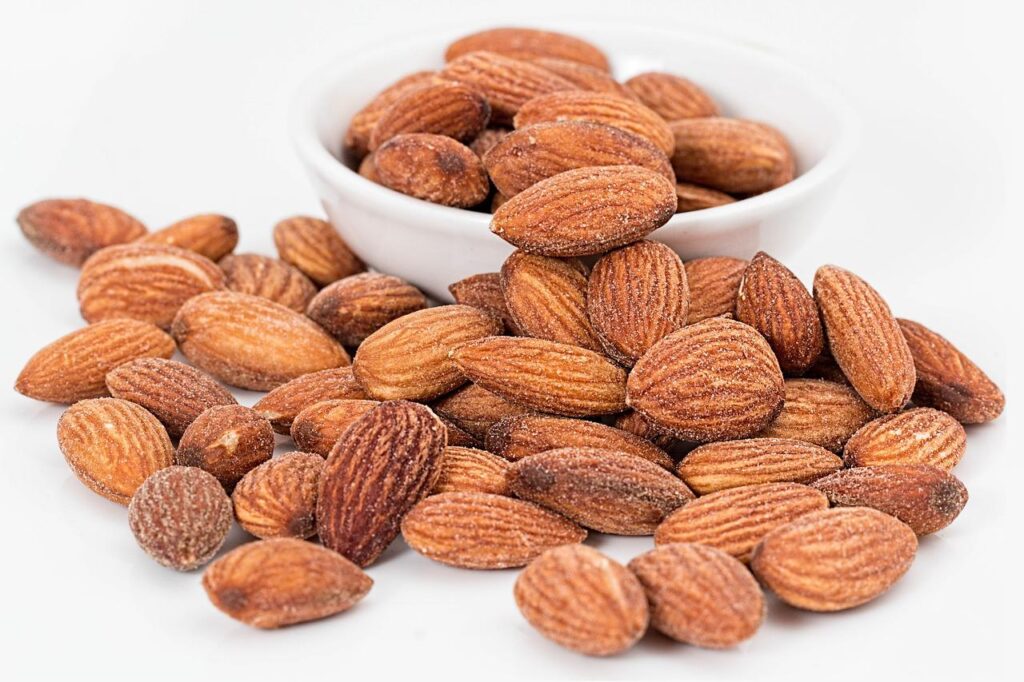California Has An Almond Problem, Here’s Why
California has a major problem. California almonds growers are stuck with the produce they grow with no way to export it.
This article is more than 2 years old

Many food groups suffer from climate issues, supply chain interruptions, and high fertilizer prices. California almonds are one of those foods experiencing an amalgamation of issues preventing proper cultivation and distribution. Its most pressing problem currently is an economic one leading to a substantial shipping problem that’s halted the worldwide distribution of farmers’ almonds.
California is responsible for 80% of the world’s almonds. A total of 10% of California almond production is retained within the state, while the rest is exported throughout the country and worldwide. Though the western state hasn’t had a significant issue growing and cultivating these nuts, farmers face a peculiar problem leaving them without a sufficient way to export them. A shipping container deficiency has stopped farmers from shifting their crops worldwide, a massive problem for California’s almond industry. Other continents with huge exporting industries like Asia recalled empty shipping boxes from Southern California because they had such a limited resource of containers.
Scott Phippen, a California almond grower and third-generation farmer, agreed with this sentiment, stating that “air” was the US’s most prominent export as of late. But sending empty containers back and forth comes with a significant price. With the cost of fuel skyrocketing over the last several months, transportation costs have also been impacted immensely. Having a packing container shortage is exceptionally pricey for every person in the supply chain, especially as the cost of fertilizer and gas continues to rise.
Export numbers have dropped significantly this year with a dwindling amount of boxes to ship California almonds. Almond exportation decreased by 13 percent this year, with over one billion almonds unable to be shipped currently. This is a significant problem for California’s revenue since almonds make up a substantial fraction of its GDP. Last year, the nuts accrued $4.7 billion for the state, putting them at the top of California’s 2021 exports. The state is already expecting abysmal sales for 2022, a shocking turn from last year’s extremely profitable almond exportation.
Fortunately for farmers, almonds can last up to two years after being cultivated. If they’re stored correctly, the nuts can hopefully last until shipping containers are in abundance again. Of course, 2022 has delivered a plethora of other issues for farmers to navigate. Both drought and inflation have negatively impacted agriculture worldwide, impeding the exports of wines, Sriracha, and other valuable foods. As an already expensive snack, nuts have had another lofty price increase from inflation, rising gas prices, and fertilizer demand. Farmers also stated that growing California almonds are becoming less lucrative to sell since the standard price for the crop has dropped due to its precarious cultivation.
Aubrey Bettencourt, chief executive of the Almond Alliance in California, stated how California almond profits aren’t always distributed fairly to the people who grow the crops. Especially these days, the significant losses from the undelivered nuts have left agriculture workers down and out. Bettencourt said that the almond industry lost “$2 billion” in revenue from September to February. Two billion is a lot of money hardworking farmers aren’t receiving for their bounty, leaving the industry and its essential workers in a tenuous position.








